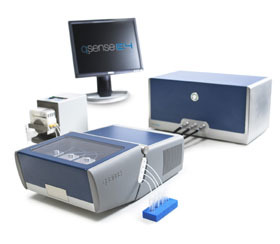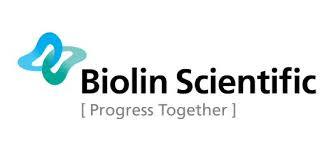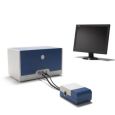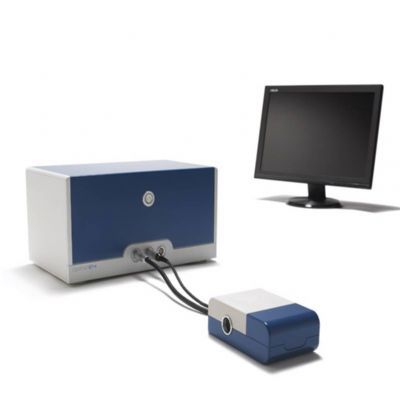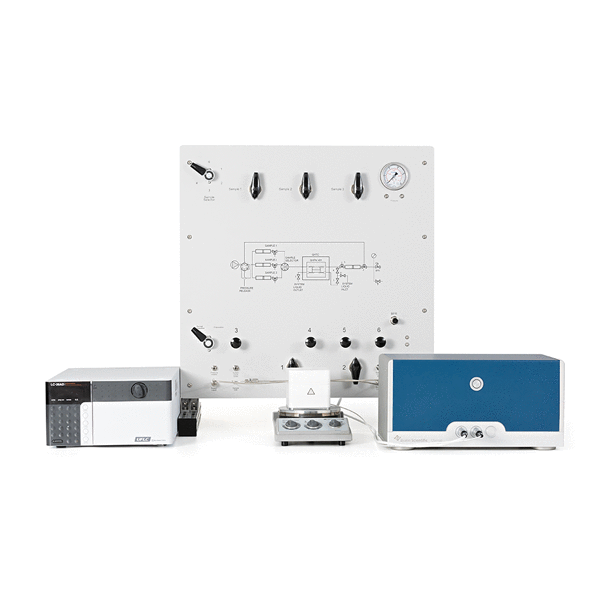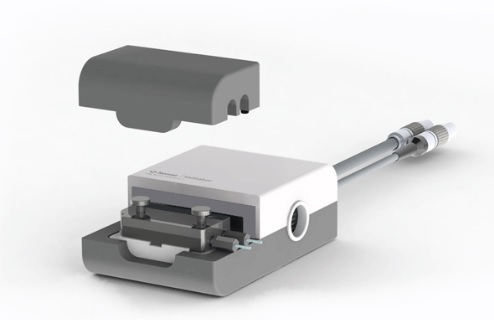蛋白质类药物通常容易在制造和包装的过程发生聚集。这些蛋白质容易聚集在玻璃表面,塑料表面,管路,袋子,或者金属容器表面等等。所以说全面的理解蛋白在表面的聚集对于制药行业来说至关重要,因为可以最小化贵重药物的损失,最大化药品的活性。在本文中,石英晶体微天平成功的研究了这种蛋白聚集过程。
方案详情

Biolin Scientific[ Progress Together] [Application Note] 30 QCM-D in drug formulation and storage Protein drug aggregation can occur during manufacturing or formulation stages.Examples of surfaces where proteins aggregate include glass, oils, plastic polymersand metals in concentrators, tubings, containers or bags. Understanding proteinaggregation propensity is crucial to minimize loss of often expensive therapeuticproteins during manufacturing and to ensure the development of a fully functionaldrug component. Quartz Crystal Microbalance with Dissipation monitoring, QCM-D,has been successfully used to study such aggregation processes. Introduction Protein aggregation is an important factor in drug developmentand manufacturing. Better knowledge about these processes canalso help increase shelf-life of the end-product through additivessuch as stabilizers and surfactants. Although there is a great needfor understanding protein aggregation in drug discovery anddevelopment, there is a current lack of mechanistic understandingof these events. In the two studies reported here, QCM-D was used as an efficientway of monitoring the adsorption and aggregation of therapeuticmonoclonal antibodies and proteins. By the use of QCM-D bothmass changes and viscoelastic properties of the proteins wereanalyzed in real-time. In addition to protein-surface interactions,the effect of surfactants and concentration was also investigated. Experimental In the first study1 two monoclonal antibodies (mAb1 andmAb2) with significant differences in hydrophobicity and self-oligomerization behavior in solution were studied. The adsorptionbehavior of the antibodies onto four different surfaces (siliconedioxide (SiO,), polystyrene (PS), Teflon AF1600 (Teflon) andgold (Au)) was investigated in the presence and absence of thesurfactant polysorbate 80 (PS-80). The concentration dependenceof the adsorption behavior was also examined. In the second study? the protein drug Abatacept and itsinteraction with the silicone oil/water interface was analyzed.The drug is administrated through a silicone oil lubricated syringewhich is known to cause severe aggregation. SiO, sensors werespin-coated with silicone oil to form a homogeneous film. Theadsorption of Abatacept was monitored in the presence andabsence of two surfactants (PS-80 and Poloxamer 188). The mass changes were extracted in QTools from the change infrequency (Af) and Dissipation (AD) respectively. Both studies wereconducted using Q-Sense equipment at 25℃. [Figure 1A]: Mass of irreversibly bound mAb1 and mAb2 (1 mg/ml) determinedby viscoelastic modeling of QCM-D data. +and - represent the presence orabsence of the surfactant PS-80. Control measurements provided an averagevalue for adsorbed surfactant. Protein mass has been adjusted accordingly. [Figure 1B]: Mass of irreversibly bound mAb1 and mAb2 as a function ofconcentration.Lrefers to 1 mg/ml and H refers to 50 mg/ml.All data wasgenerated in the presence of PS-80. Control measurements provided anaverage value for adsorbed surfactant. Protein mass has been adjustedaccordingly. Results and discussion In the antibody study it was concluded that mAb2 adsorbedstronger than mAb1 on all types of surfaces used (Fig. 1A).Addition of the surfactant PS-80 did significantly reduce theadsorption for both proteins. On the Au surface both mAb1 andmAb2 remained adsorbed to a large extent even in the presenceof the surfactant (Fig. 1A). This is probably due to the strongelectrostatic interaction between the positively charged proteinsurface and the negatively charged metal, which the non-ionicsurfactant does not easily disrupt. The concentration dependence of the adsorption was alsoevaluated and showed differences in adsorption level for the PS,Teflon and Au surfaces but had less impact on the SiO, surface(Fig. 1B). The surfaces which displayed concentration-dependentadsorption also gave rise to higher level of softness in the proteinfilm, indicating increased hydration (data not shown). In the protein drug study? the adsorption of Abatacept to thesilicone oil/water interface was investigated. Silicone oil spin-coated QCM-D sensors provided an excellent platform to addressthese questions. It was concluded that the surfactant PS-80reduced the amount of adsorbed Abatacept whereas Poloxamer188 did not alter the binding significantly (Fig. 2). Injection of PS-80 also reduced the overall softness of the Abatacept film (lowerAD/Af), whereas Poloxamer 188 did not (data not shown). One possible explanation for the observed trend that PS-80inhibited aggregation could be attributed to the fact that PS-80displays significantly faster adsorption kinetics - about 2 minutes- onto the interface than the Abatacept molecule on its own.Abatacept alone reached equilibrium after 12 minutes (Fig. 2).It is possible that PS-80 then forms a protective shield, whereasPoloxamer 188 binds more slowly- about 10 minutes - to theinterface and hence fails to prevent aggregation (Fig. 3). Conclusions QCM-D is shown to be a valuable tool in monitoring aggregationof proteins and antibodies onto different surfaces used inproduction or manufacturing in the pharmaceutical industry. Bygaining better understanding of the aggregation processes oftherapeutic protein drugs, both minimization of product loss anda more accurate end-product can be attained. Acknowledgements We thank Eli Lilly and Bristol-Myers Squibb for their collaborationto prepare this note. [Figure 2]: Changes in estimated mass adsorbed at the oil/water interface asa function of time upon injection of 10 mg/ml Abatacept without PS-80 (red),with PS-80 (dark green) and Poloxamer 188 (light green). The mass changeswere calculated based on the assumption that the underlying silicon oil filmdoes not affect changes in fand D upon protein adsorption. This data wasanalyzed with permission from the authors2. [Figure 3]: Changes in f (blue) and D (red) upon injection of PS-80 andPoloxamer 188 alone onto the oil/water interface. Thick curves show PS-80,dotted curves show Polaxamer 188. ( References: ) [1] Anna Oom, Mark Poggi, Jennie Wikstrom and Mupalla Sukumar. Surfaceinteractions of monoclonal antibodies characterized by Quartz CrystalMicrobalance with Dissipation; Impact of hydrophobicity and proteinself-interactions. Journal of Pharmaceutical Sciences, 2011, 101, 519-529.Joint publication between Eli Lillyand Biolin Scientific. [2] Jinjiang Li, Swathi Pinnamaneni, Yong Quan, Archana Jaiswal, Fredrik IAndersson, Xiaochun Zhang . Mechanistic understanding of protein-sil-icone oil interactions. Pharm Res. 2012, 29(6):1689-97. Joint publicationbetween Bristol-Myers Squibb and Biolin Scientific. [ ]Q-Sense AN #
确定
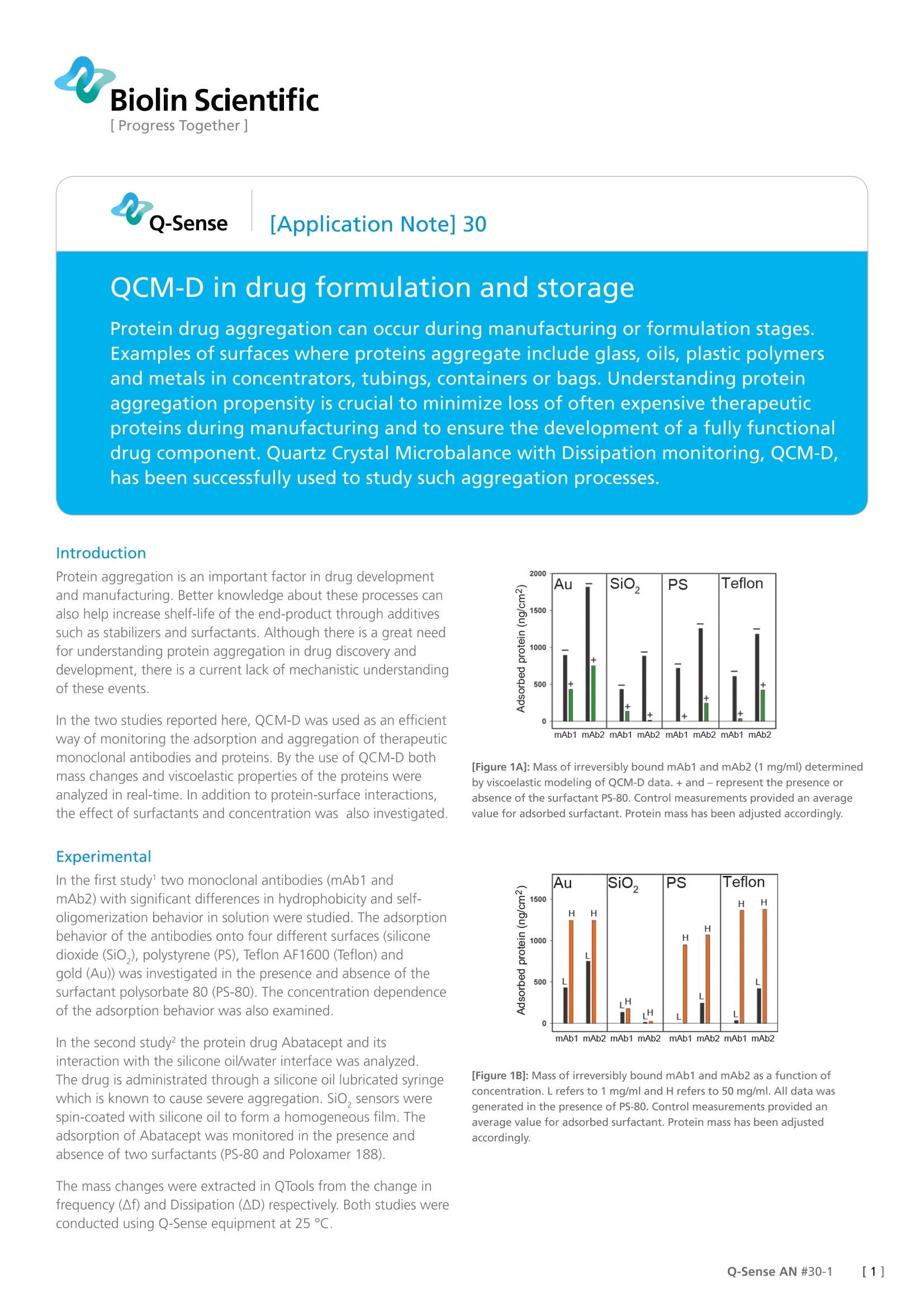
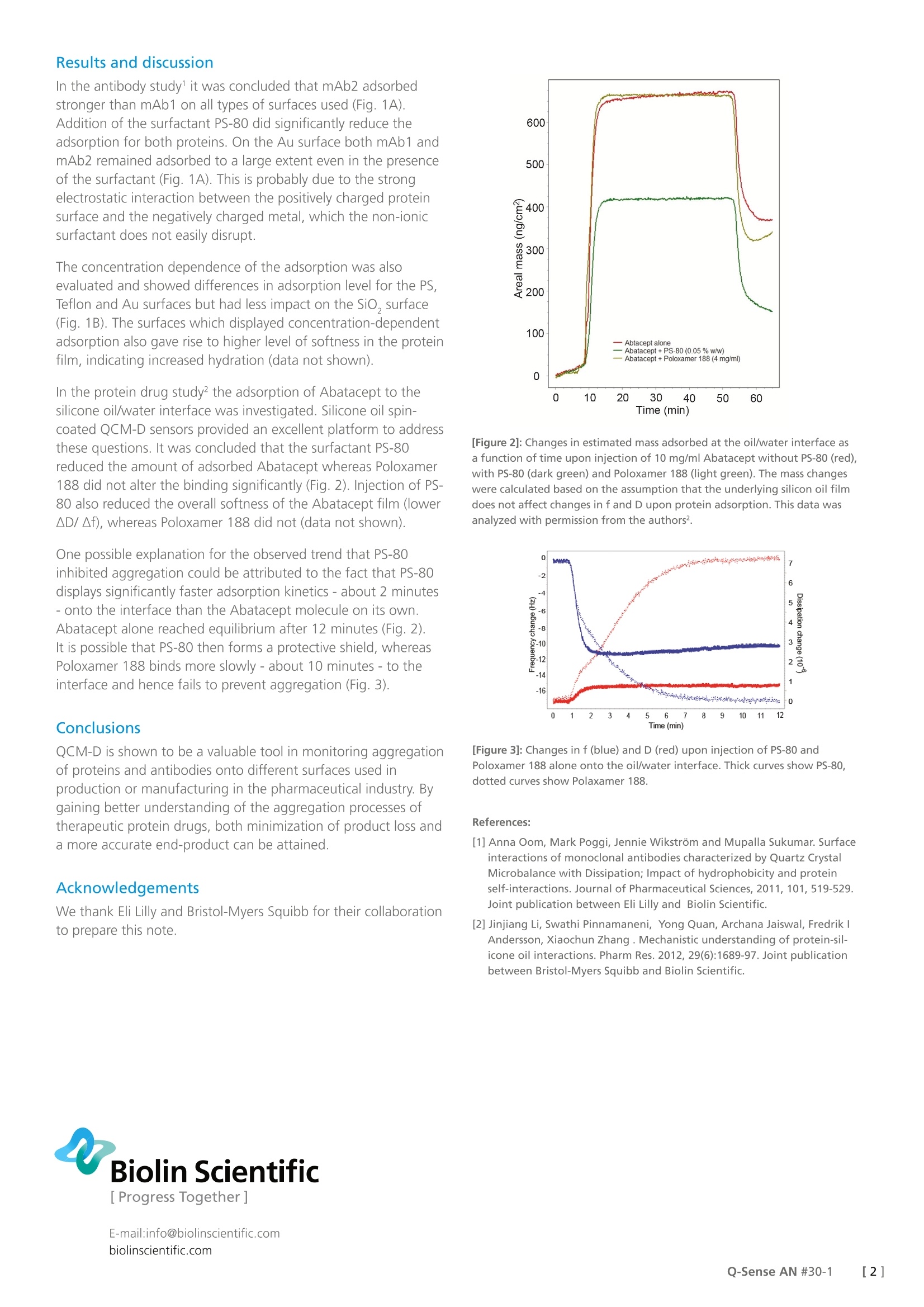
还剩1页未读,是否继续阅读?
瑞典百欧林科技有限公司为您提供《化学药中主要物质含量分析检测方案 》,该方案主要用于化药新药研发中临床前研究检测,参考标准--,《化学药中主要物质含量分析检测方案 》用到的仪器有QSense卓越版四通道石英晶体微天平、QSense Explorer扩展版石英晶体微天平、QSense全自动八通道石英晶体微天平
推荐专场
相关方案
更多
